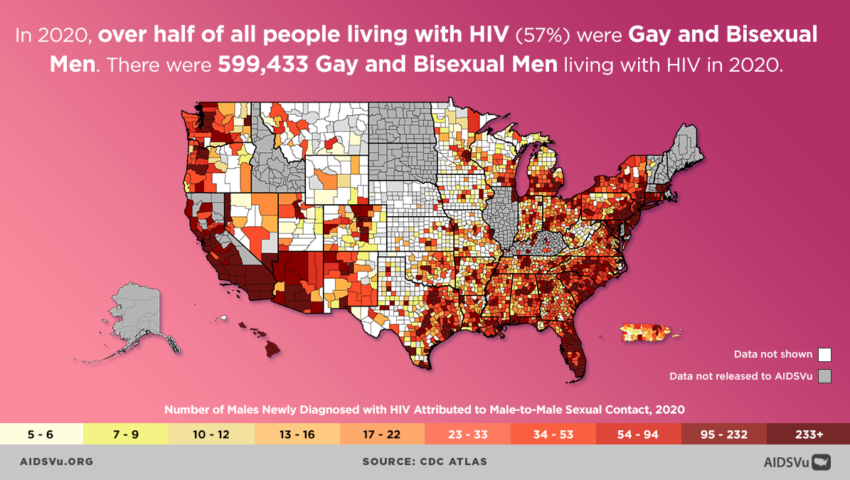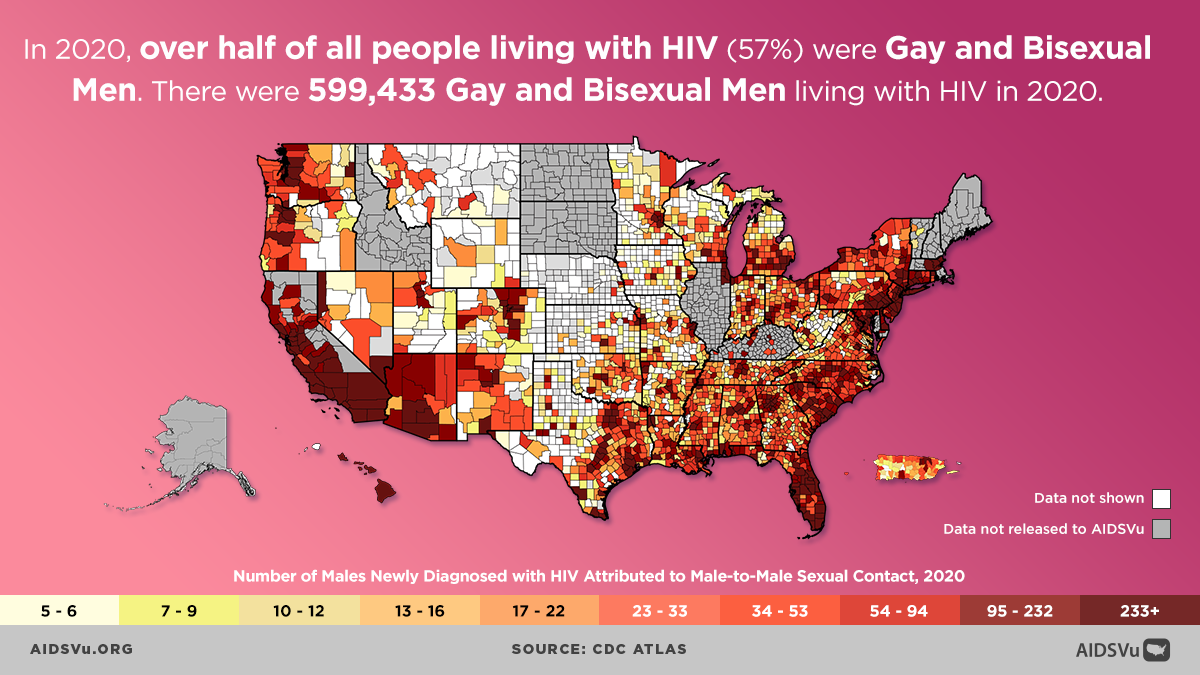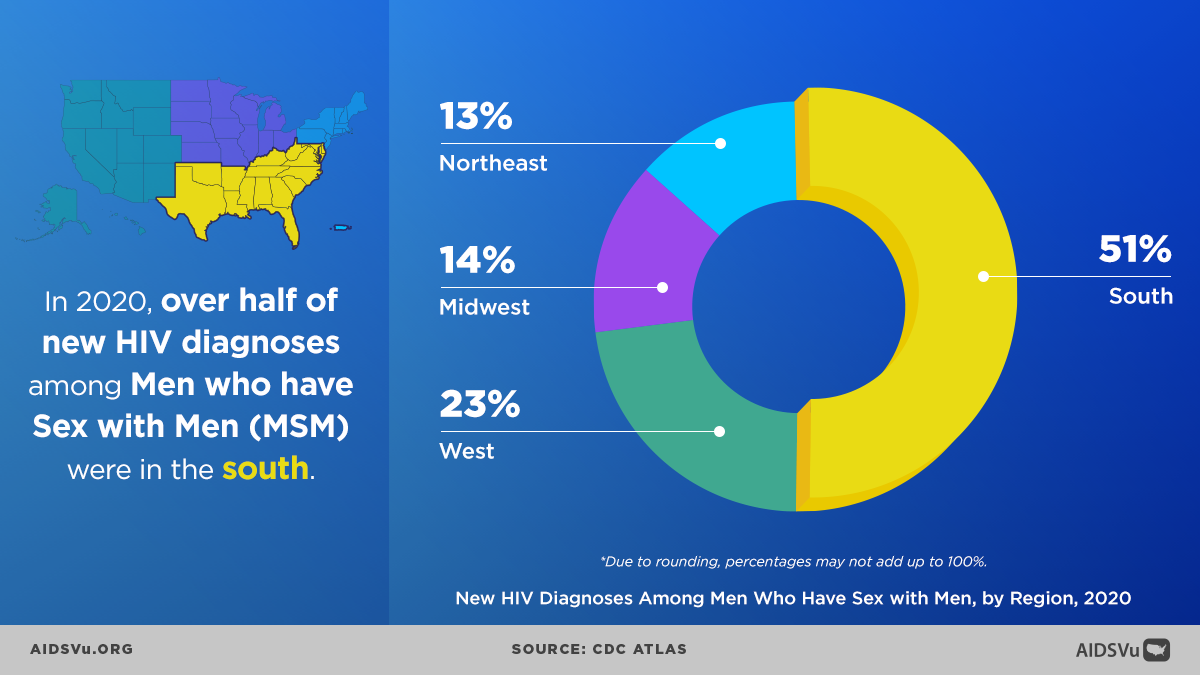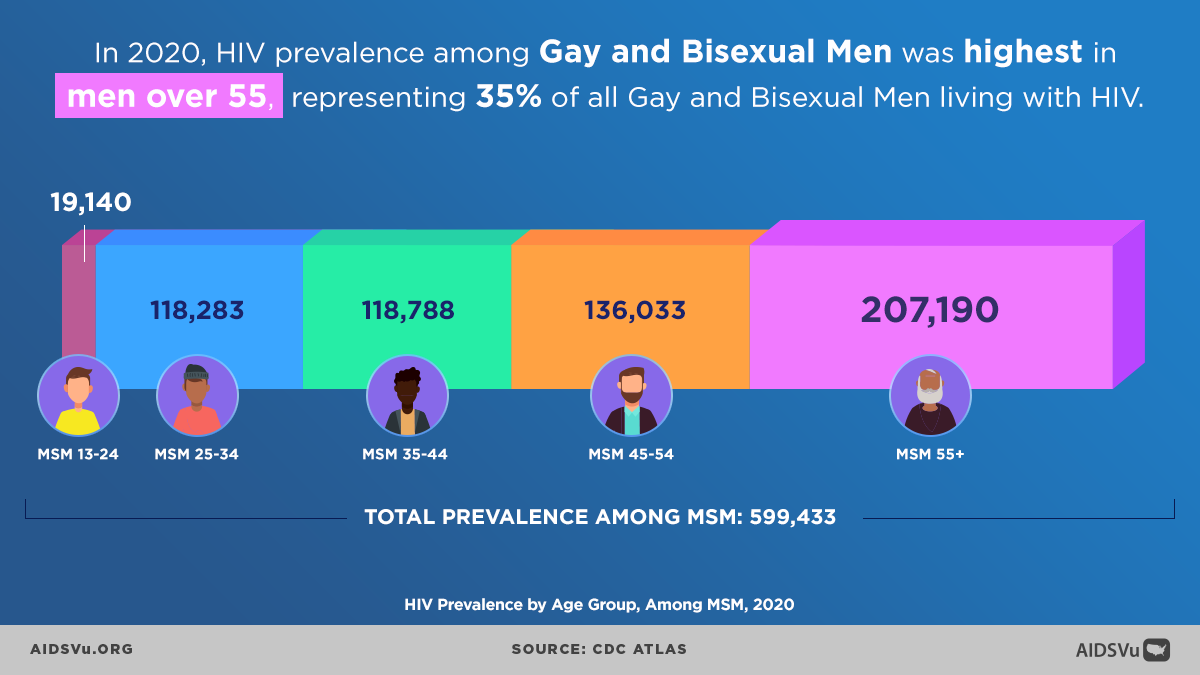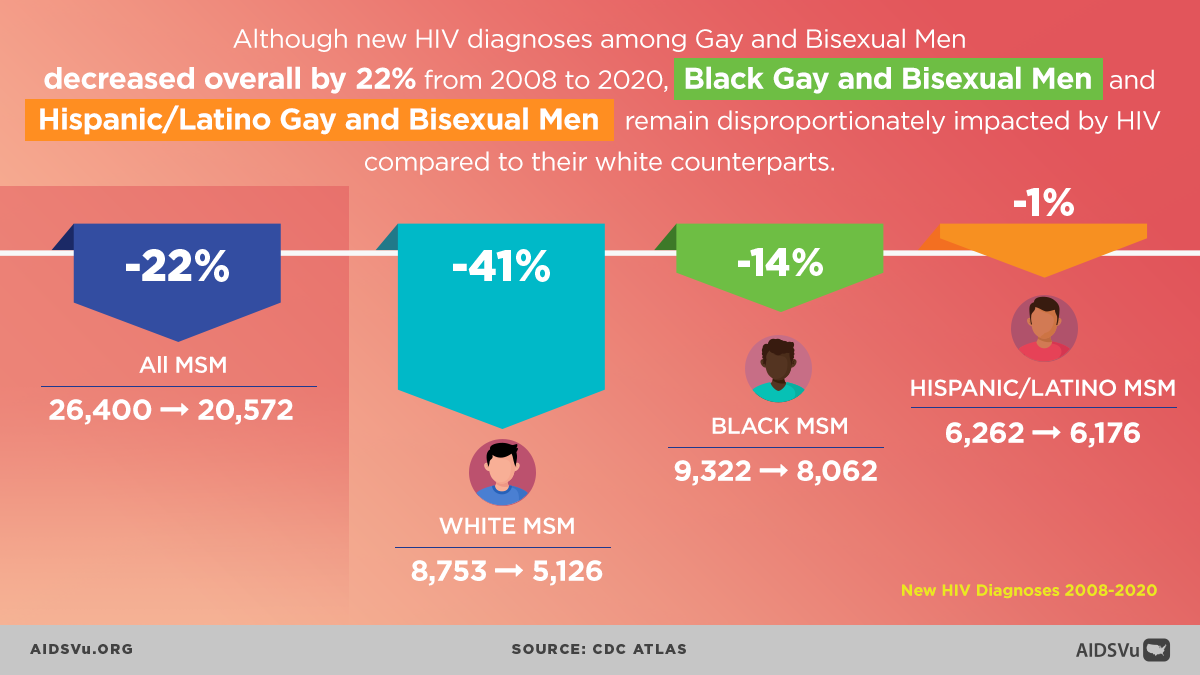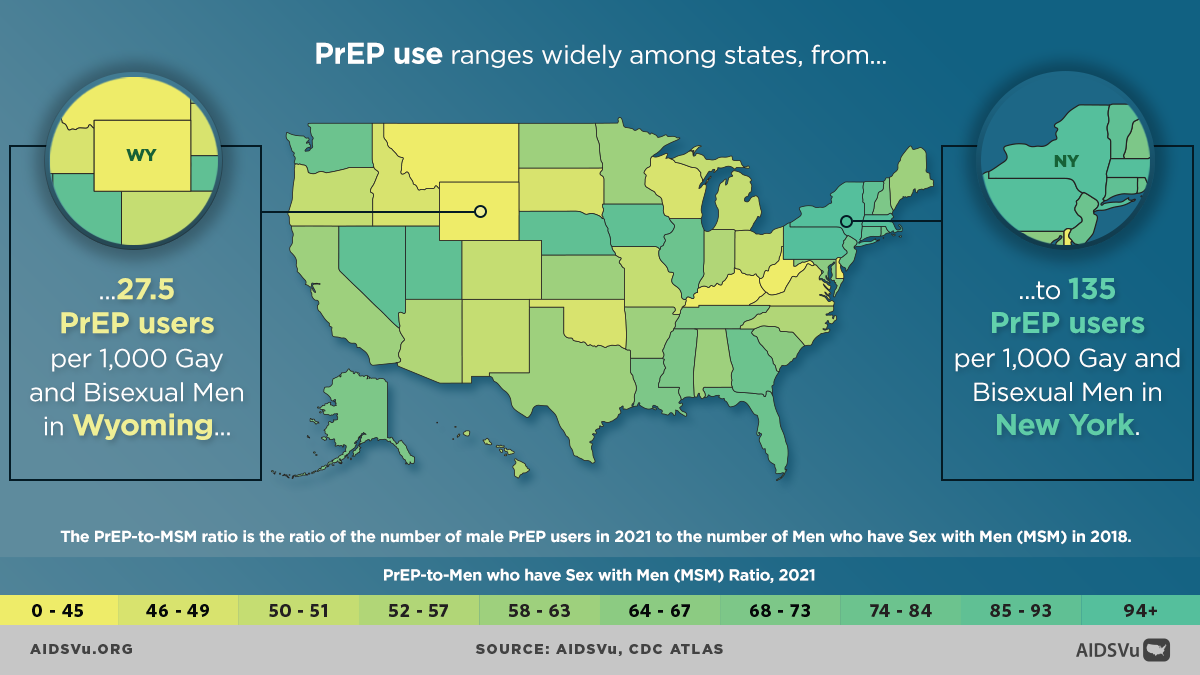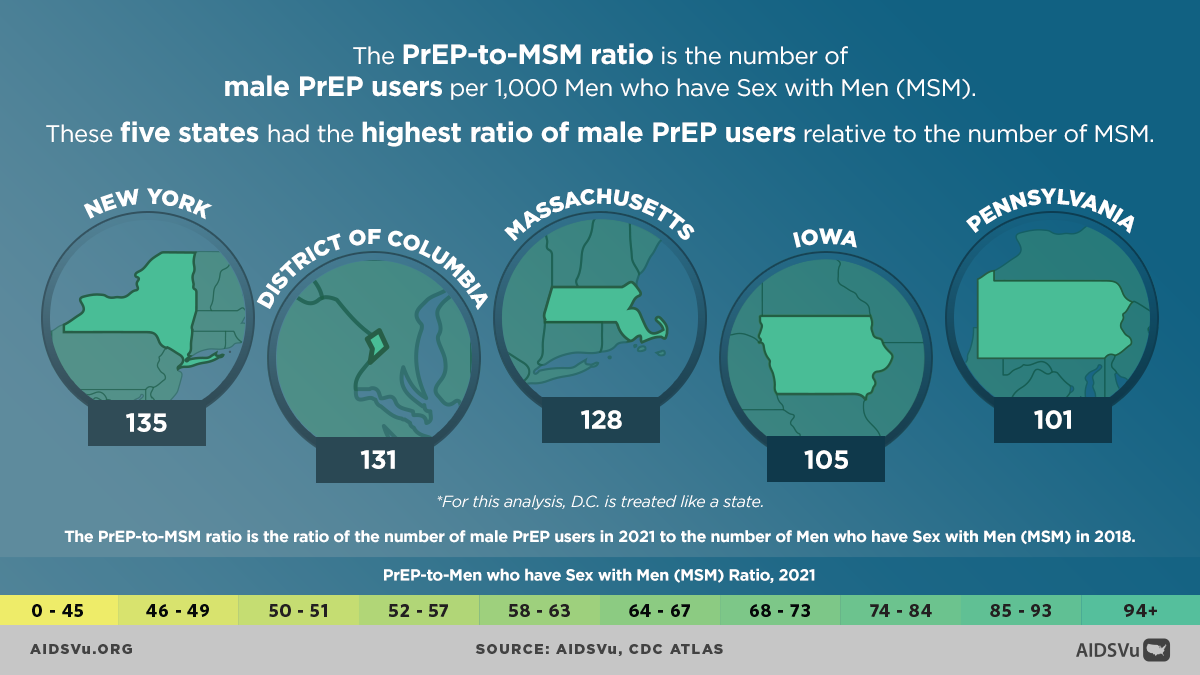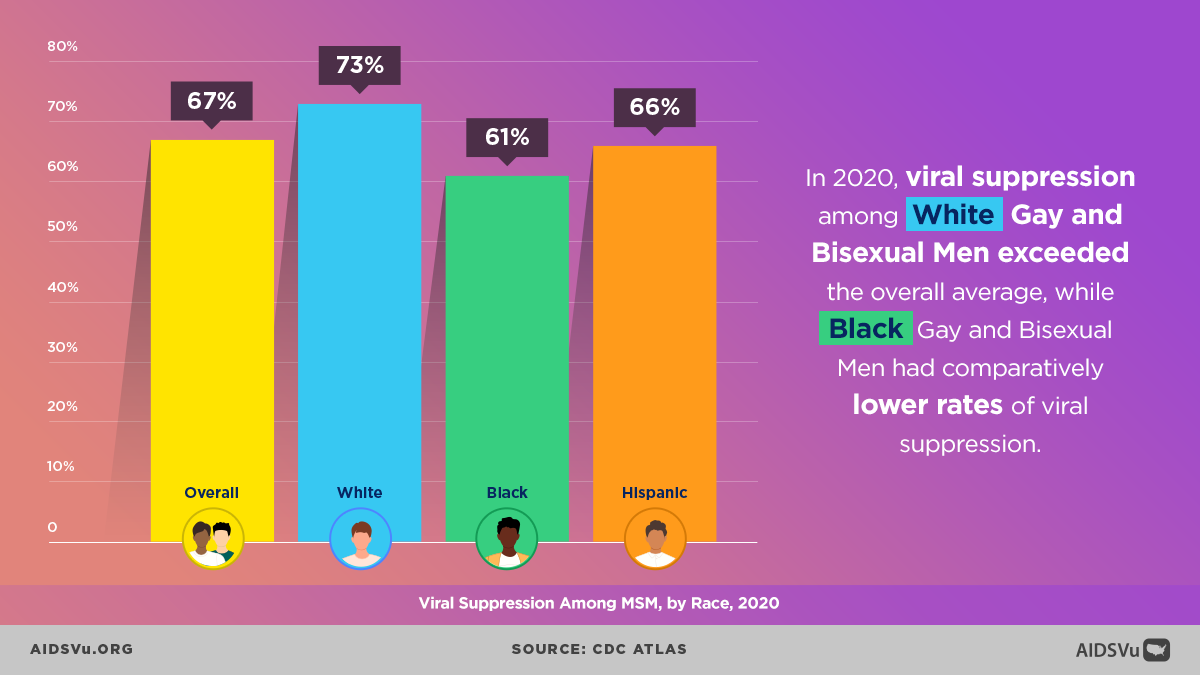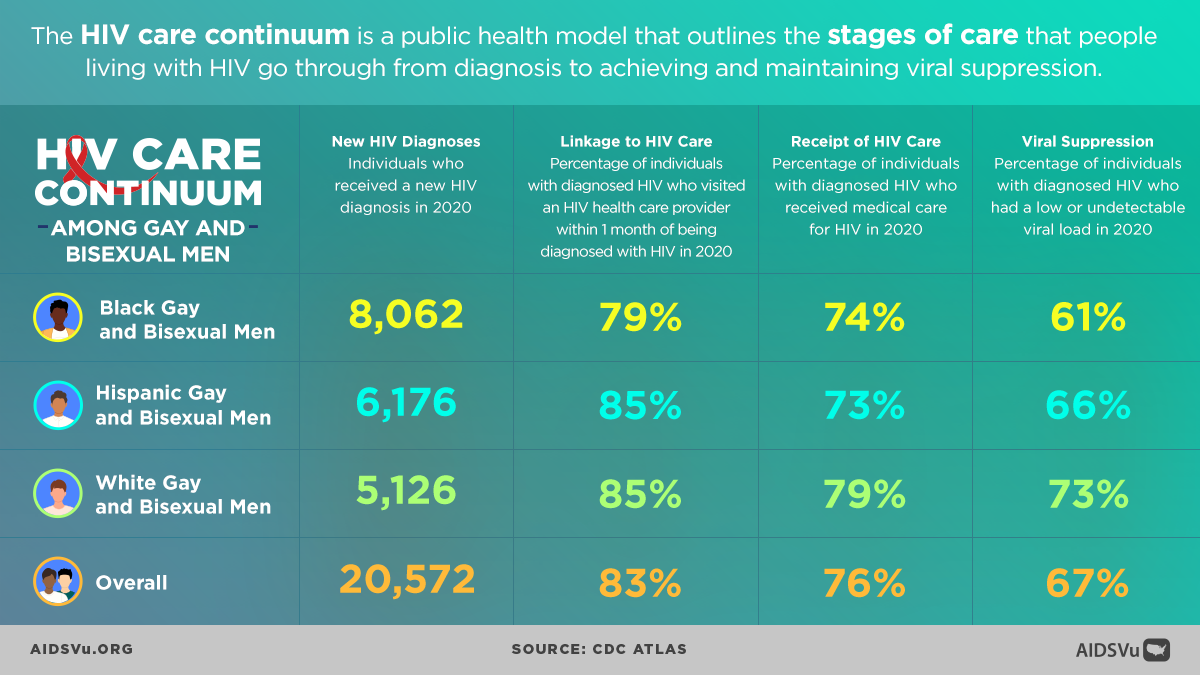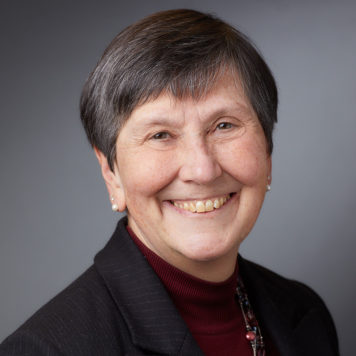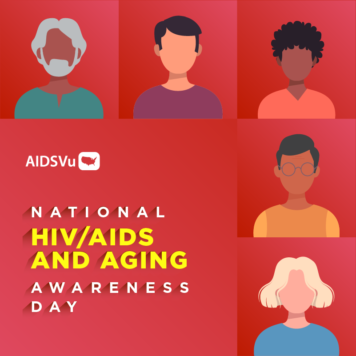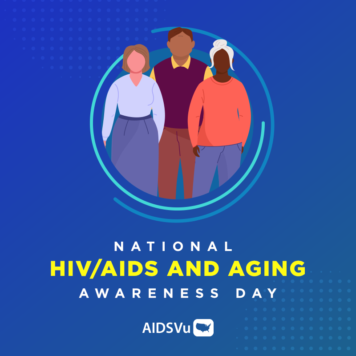September 27 is National Gay Men’s HIV/AIDS Awareness Day (NGMHAAD), a day to recognize the disproportionate impact of HIV among Gay, Bisexual, and other Men who have Sex with Men (MSM), and to raise awareness about the importance of expanding access to HIV testing, prevention, screening, and care services.
Gay and Bisexual Men face multiple HIV-related challenges, such as racism, discrimination, homophobia, and stigma, that put them at higher risk for HIV and prevent them from accessing quality health care that allows them to be aware of their status and take steps to improve their health. These factors are even more prominent for Gay and Bisexual Men of color. From 2008 to 2020, Black Gay and Bisexual Men and Hispanic/Latino Gay and Bisexual Men experienced a 14% decrease and 1% decrease respectively in new HIV diagnoses, compared to a 41% decrease among white Gay and Bisexual Men.
Racial disparities are also visible along the HIV care continuum, a public health model that outlines the stages of care people living with HIV go through from diagnosis to achieving and maintaining viral suppression. In 2019, Black Gay and Bisexual Men and Hispanic Gay and Bisexual Men living with HIV had lower rates of viral suppression, 61% and 66% respectively, compared to white Gay and Bisexual Men living with HIV (73%).
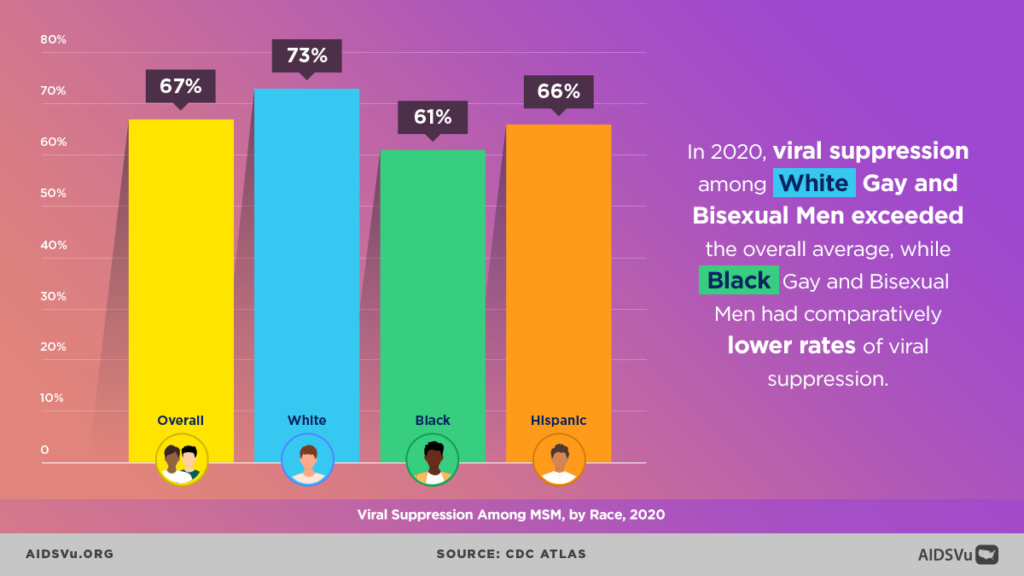
In addition to racial disparities, many Gay and Bisexual Men experience challenges in achieving and maintaining viral suppression due to disproportionate levels of homelessness, stigma, and a lack of mental health and culturally competent care that may prevent them from accessing care.
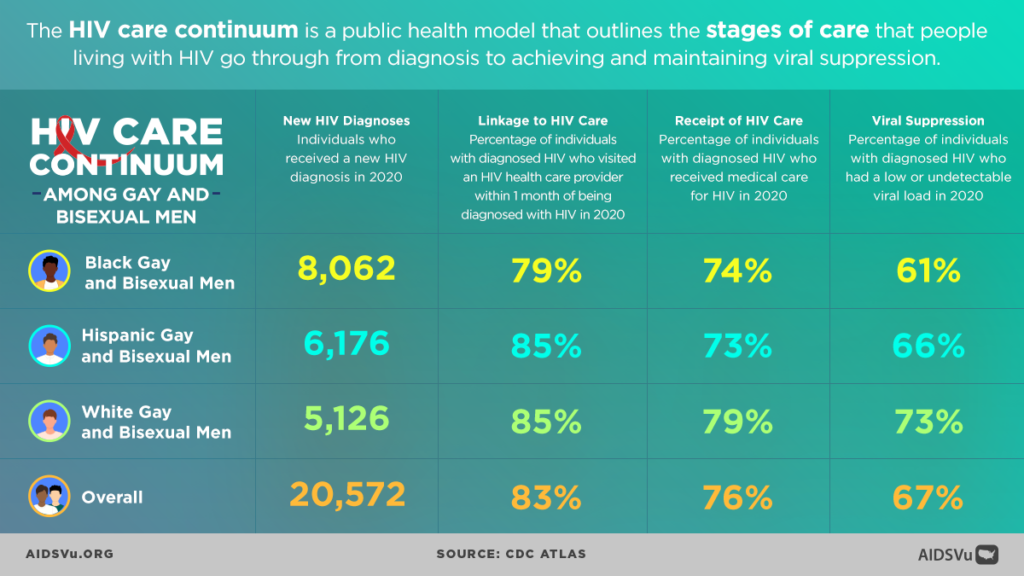
Pre-exposure prophylaxis (PrEP) is a tool that can be used to prevent HIV transmission. However, PrEP use varies widely across the U.S. For example, there are 27.5 male PrEP users per 1,000 Gay and Bisexual Men in Wyoming, compared to 135 male PrEP users per 1,000 Gay and Bisexual Men in New York. These regional disparities may be due to a lack of awareness or access to PrEP and stigma in healthcare settings toward Gay and Bisexual Men.
This NGMHAAD, AIDSVu is highlighting the importance of public health strategies to increase access to HIV prevention and testing—such as increasing PrEP access—while addressing the intersectionality of challenges that Gay and Bisexual Men face.

